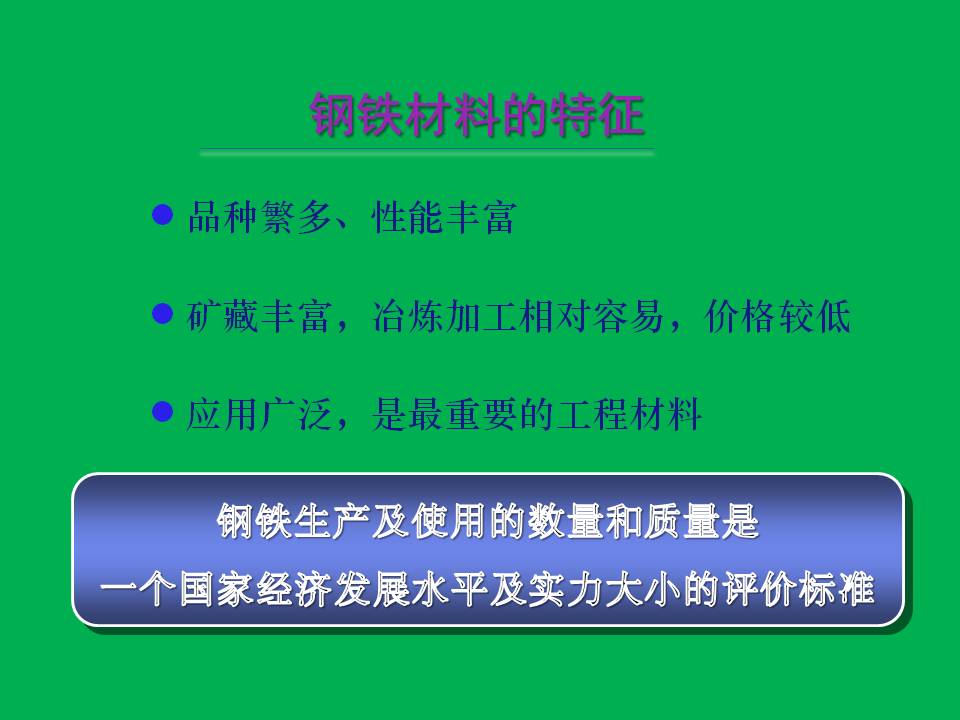起重机桁架臂K型管焊缝应力分布规律研究
2014-08-12 10:01:18
作者:本站整理来源:
王 欣1,蔡福海1,张占杰2,黄邵军1,徐金帅3
1(大连理工大学,大连 100190) 2(中海油能源发展股份有限公司油田建设工程公司,天津 300450) 3(大连益利亚工程机械有限公司,大连,116085)
1(大连理工大学,大连 100190) 2(中海油能源发展股份有限公司油田建设工程公司,天津 300450) 3(大连益利亚工程机械有限公司,大连,116085)
摘要:从中小吨位到大吨位移动式起重机的桁架臂进行了轴力有限元提取,发现其底节危险处弦杆和腹杆轴向力的比例均在40:1左右,这是起重机桁架臂受力的一个典型特征。针对起重机桁架臂中K型管的受力特点,对K型管常用的几何参数进行分析,建立了45个适应于起重机桁架臂几何参数的K型管有限元模型。其次,采用热点应力法并考虑K型管的弯曲次应力,对K型管焊缝周围应力集中系数随几何参数的分布规律进行了数值计算分析。通过对管节点的应力测试及疲劳寿命分析,验证了数值模拟分析的准确性。通过分析可知,在起重机典型载荷形式下,K型管焊缝周围的应力集中系数受几何参数影响,最大应力集中系数出现在跟点处,并且冠点处与跟点处应力集中系数接近,而鞍点处最小。腹杆与弦杆的壁厚比值、腹杆外径与弦杆外径的比值这两个参数均对焊缝跟点和冠点处的应力集中系数值有明显的影响,而对鞍点附近的应力集中系数值无明显影响,因此适当减小腹杆的壁厚,相对增加腹杆的外径,均可提高臂架的疲劳寿命。弦杆外径与壁厚的比值参数对鞍点处的应力集中系数有一定的影响,对冠点处影响很小;在50°~70°范围内,腹杆与弦杆的夹角几乎对应力集中系数没有影响,故在起重机桁架臂的抗疲劳设计中,可以将角度参数不作为主要因素进行研究。
关键词:起重机,桁架臂,K型管,热点应力,分布规律
关键词:起重机,桁架臂,K型管,热点应力,分布规律
Stress Distribution Along Weld Toe For Tubular K-Joins Of Crane’s Lattice Boom
Wang Xin1,Cai Fuhai1,Zhang Zhanjie2,Huang Shaojun1,Xu Jinshuai3
1 (Dalian University of Technology, Dalian 116024, China)
2(CNOOC Energy Technology &Services-Oilfield Construction Engineering Co., Tianjin 300450, China)
3(Dalian Yiliya Construction Machinery Co.,Ltd., Dalian 116025, China)
Wang Xin1,Cai Fuhai1,Zhang Zhanjie2,Huang Shaojun1,Xu Jinshuai3
1 (Dalian University of Technology, Dalian 116024, China)
2(CNOOC Energy Technology &Services-Oilfield Construction Engineering Co., Tianjin 300450, China)
3(Dalian Yiliya Construction Machinery Co.,Ltd., Dalian 116025, China)
Abstract:Axial forces are analysed by finite element extraction method from small to large tonnage lattice boom mobile crane. It is found that the proportion at critical areas of chords and brace of the bottom section of the axial force were about 40:1, which is a typical feature of the lattice boom cranes. Since the loads type exerts an influence on the stress distribution around tubular K-node, 45 finite element models subjected to axial loads are analyzed, of these the geometry parameters and loads type are adjusted to fit cranes well. And then, considering of the influence of secondary bending moments in lattice girders, the distribution of stress concentration factors along the weld toe are obtained with using the hot spot stress method. By stress and fatigue life tests on K-nodes, the accuracy of the numerical simulation analysis is verified. It is found that, the distribution of stress concentration factors along the weld toe is determined by some main geometrical parameters. Under the typical loads of cranes, the maximal stress concentration factor is at the location of the heel, while the minimal is near the location of the saddle. Besides, the stress concentration factor of the crown is almost equal to the heel. Two parameters which are wall thickness ratio of braces and chords, the outside diameter ratio of braces and chords have a significant effect on the SCF value at the location of the heel and heel. It has no significant effect on the saddle point. Thus reducing the wall thickness of the brace and increasing the outer diameter of the brace can increase the fatigue life of the boom. The ratio of outside diameter and wall thickness parameter of the chord has a certain influence on the SCF at the saddle point but have little impact at the crown point; within the range of 50 ° ~ 70 ° angle between the braces and chords, it has little effect on SCF, so for the fatigue design of lattice boom cranes, the angle parameter may not be studied as a major factor.
Key words:crane, lattice boom, tubular K-node, hot spot stress, stress distribution
联系方式
蔡福海:caifuhai@dlyiliy.com
Key words:crane, lattice boom, tubular K-node, hot spot stress, stress distribution
联系方式
蔡福海:caifuhai@dlyiliy.com
责任编辑:赵泽南
《中国腐蚀与防护网电子月刊》征订启事
投稿联系:刘娟 电话:010-82387968-807
QQ: 2850329508 邮箱:liujuan@ecorr.org
中国腐蚀与防护网官方 QQ群:140808414
相关文章

官方微信
《中国腐蚀与防护网电子期刊》征订启事
- 投稿联系:编辑部
- 电话:010-62313558-806
- 邮箱:fsfhzy666@163.com
- 中国腐蚀与防护网官方QQ群:140808414
点击排行
PPT新闻
铝合金LDH自修复自抗菌膜层构建
点击数:466
碳钢及合金钢应用与区别
点击数:393




